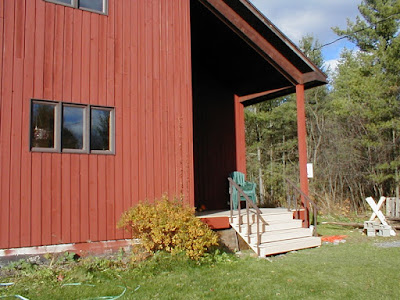
Richard’s dad, Roy, was reminiscing yesterday about eating nuts on Christmas Day when he was growing up. So after some searching, we found the nutcracker that I was sure I had and dug into our first crop of filberts (or hazelnuts) after dinner last night.
The nuts were small, as we planted the species, rather than an “improved” variety, but delicious.
Other benefits: Filberts are easy to grow, requiring no maintenance other than occasionally cutting back some of the suckers from the base. The nuts mature in September, and by Oct., the leaves glow with striking shades of maroon, red and orange, making them high on my list of edible landscape crops. Some grow them as a small tree. We allow them to sucker – less work! – and grow as a large shrub.
We’ve been clearing out some of the pines behind the house this winter, opening up the woods edge, and plan to fill in with small nut trees and berry shrubs. More filberts will definitely be among them. But I’m counting on the squirrels and chipmunks to help repopulate this native plant throughout the area with the portion of their cache they neglect to dig up. All we’ll need to do is find them and share in the harvest.













